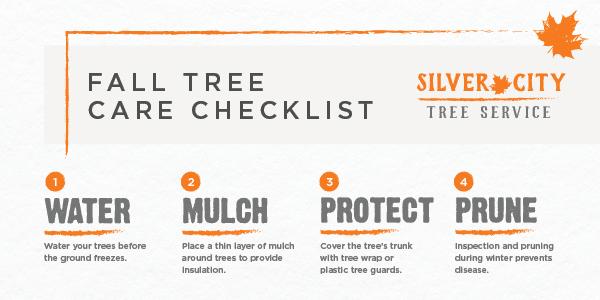Seasonal Tree Care: Optimal Timing And Methods For Pruning
Seasonal Tree Care: Optimal Timing And Methods For Pruning
Blog Article
Material Produce By-Warren Eriksson
When it pertains to seasonal tree trimming, timing and strategy are vital for your trees' health and wellness and development. You might be surprised at just how much an easy cut can motivate new life. Knowing when to prune dormant trees versus flowering ones can make all the distinction. Yet it's not just about when; it's also about how you do it. Allow's discover the very best techniques to ensure your trees prosper.
Understanding the most effective Seasons for Tree Trimming
When's the best time to cut your trees? The solution hinges on comprehending the seasons. Late winter season to early spring is often optimal, as trees are still dormant. This timing decreases tension and promotes much healthier development when they stir up.
However, if you're taking care of blooming trees, consider cutting right after their blooms fade. This ensures you will not remove following year's flowers.
In summertime, light trimming can help preserve form and get rid of any kind of dead or unhealthy branches. Avoid heavy trimming throughout autumn, as trees are getting ready for inactivity and may have a hard time to heal.
Ultimately, knowing https://www.weareiowa.com/article/news/local/derecho-clean-up-repair-scam-iowa-attorney-generals-office-tips-storm-chaser-damage/524-fa7a2ed8-6da3-46cb-aa4b-27eba0e45d09 and local climate will certainly guide your cutting schedule. Select carefully, and your trees will grow perfectly year-round.
Crucial Pruning Methods for Healthy Trees
Pruning your trees properly is critical for their wellness and long life. Start by using tidy, sharp tools to make exact cuts, which aids prevent damages and condition.
Concentrate on eliminating dead, harmed, or going across branches first; this motivates far better airflow and sunlight penetration. When reducing, aim for an angle that promotes healing and lessens the danger of rot. Constantly trim just outside the branch collar, the puffy area where the branch satisfies the trunk, to enhance recuperation.
For young trees, shape them by uniquely trimming to develop a solid structure. Ultimately, stay clear of over-pruning; eliminating too much vegetation can worry your tree.
Common Mistakes to Avoid When Pruning
Many homeowners make important errors while pruning their trees, which can cause long-term damage.
One typical mistake is over-pruning, where you eliminate way too many branches simultaneously. This can emphasize the tree and prevent its development.
One more mistake is utilizing boring devices; sharp, tidy devices make cleaner cuts that heal faster.
Do not neglect to prune at the incorrect time of year; winter months is commonly best for numerous species, while summer is excellent for others.
Additionally, stay clear of cutting branches also near to the trunk or leaving stubs, as both can welcome insects and diseases.
Finally, failing to step back and evaluate the tree's general shape can result in unequal growth.
Maintain these mistakes in mind for healthier, growing trees!
Conclusion
To conclude, seasonal tree trimming is crucial for your trees' health and development. By trimming at the correct times-- late winter season for dormant trees and right after flowers for blooming ranges-- you'll motivate dynamic vegetation and blossoms. Keep in mind to utilize tidy, sharp tools and adhere to correct methods to stay clear of damages. Avoid heavy pruning in the fall and remain clear of usual mistakes. With these suggestions in mind, you'll keep your trees thriving all year round!
